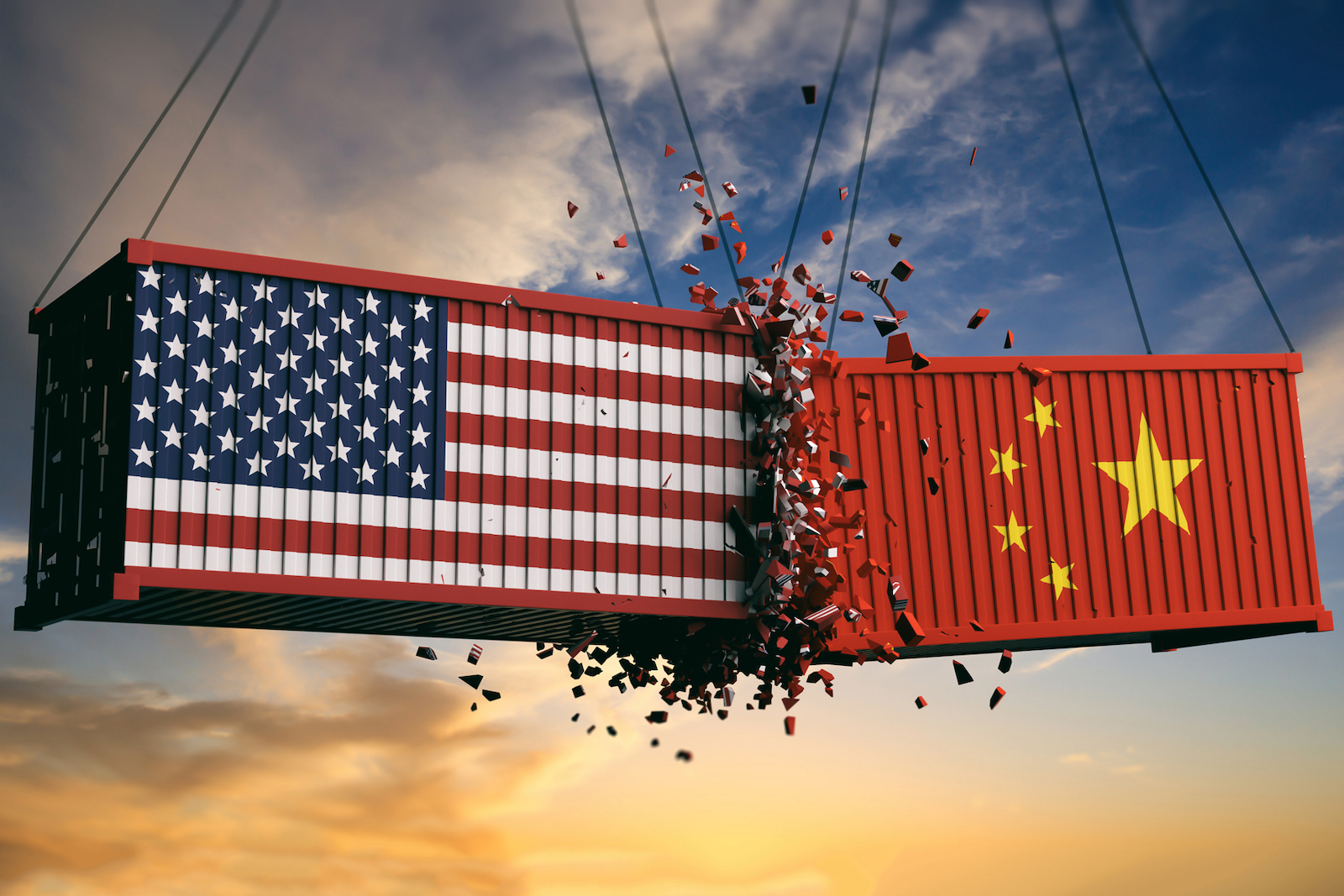China vs. USA: The Ongoing Trade War and Its Global Impact


China vs. USA: The Ongoing Trade War and Its Global Impact
Introduction
The trade relationship between China and the United States has long been a cornerstone of the global economy. However, in recent years, tensions have escalated, leading to an ongoing trade war that has impacted businesses, consumers, and economies worldwide.
Origins of the Trade War
The trade conflict officially began in 2018 when the U.S., under the Trump administration, imposed tariffs on Chinese goods worth billions of dollars. The move was aimed at addressing concerns over trade imbalances, intellectual property theft, and unfair trade practices. China retaliated with its own tariffs, setting off a tit-for-tat escalation.
Key Issues
Several key issues have fueled the trade tensions:
-
Trade Deficit: The U.S. has long accused China of maintaining an unfair trade surplus, exporting far more than it imports from the U.S.
-
Intellectual Property (IP) Theft: American companies have raised concerns about forced technology transfers and intellectual property theft by Chinese firms.
-
Tariffs and Sanctions: Both countries have imposed tariffs on each other’s goods, raising costs for businesses and consumers.
-
Tech Rivalry: The U.S. has taken measures to limit China’s access to advanced technology, including restrictions on companies like Huawei.
Economic and Global Impact
The trade war has had significant consequences:
-
Higher Prices: Tariffs have led to increased costs for both businesses and consumers in both countries.
-
Supply Chain Disruptions: Companies have had to rethink their supply chains, shifting production to other countries.
-
Stock Market Volatility: Global markets have experienced uncertainty due to trade negotiations and policy shifts.
-
Impact on Other Countries: Many nations that trade with both the U.S. and China have faced economic ripple effects.
Recent Developments
While the Biden administration has taken a more diplomatic approach, many tariffs and restrictions remain in place. Negotiations continue, but tensions over trade, technology, and geopolitical issues persist.
Conclusion
The trade war between China and the U.S. is far from over, with both countries navigating complex economic and political landscapes. The outcome will shape global trade patterns for years to come, influencing economies, industries, and international relations on a large scale.

